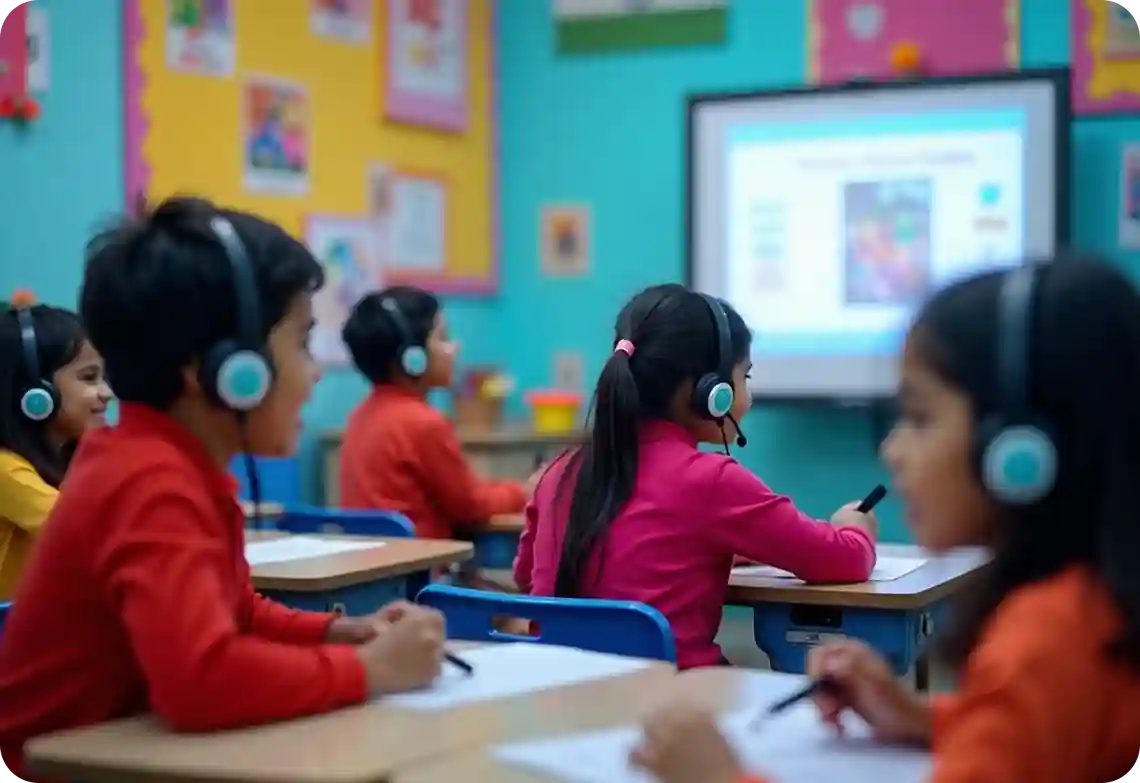Language Labs vs Traditional Classrooms: The Case for Software Integration
In the evolving landscape of language education, educators and institutions are increasingly faced with a pivotal choice: Should they stick with the traditional classroom model or embrace technology-driven solutions like language labs and software platforms? Both methods have their merits, but as we move further into the digital age, the integration of software into language learning environments is becoming not just a preference but a necessity.
Understanding the Landscape
Traditional language classrooms rely on teacher-led instruction, textbooks, and often a fixed curriculum. This setup, while familiar and comfortable for many, can be limited in terms of personalization, interactivity, and access to real-time feedback. On the other hand, language labs—modern ones especially—are often powered by software that offers interactive learning experiences, multimedia content, and data-driven insights into student performance.
Language labs today are not the sterile, tape-based rooms of the past. They are dynamic, tech-enabled environments where learners can engage with audio-visual materials, communicate with native speakers, and receive instant feedback on their progress. These tools are reshaping how we think about language acquisition, especially in terms of flexibility, scalability, and engagement.
Advantages of Language Labs and Software Integration
One of the most significant advantages of language labs is the level of personalization they offer. Software can adapt to each learner’s pace, proficiency level, and preferred learning style. This personalized approach helps students stay motivated and make measurable progress. For example, a beginner struggling with pronunciation can receive targeted exercises and AI-driven pronunciation feedback that simply isn’t feasible in a traditional classroom setting with one teacher and many students.
Moreover, the interactive nature of software-based learning environments promotes active participation. Students are not just passive recipients of information; they engage with content through quizzes, games, voice recognition tasks, and real-time conversational simulations. These tools mimic real-life language use far more effectively than static textbooks or rote memorization techniques.
Additionally, language labs provide a wealth of performance data. Teachers can monitor individual progress, identify patterns, and tailor instruction accordingly. This level of insight allows for more informed teaching strategies and better outcomes overall.
Limitations of Traditional Classrooms
Traditional classrooms, while valuable for face-to-face interaction and human connection, often struggle to keep pace with the diverse needs of today’s learners. A single teacher managing a room full of students with different learning speeds and styles is bound to face challenges. The rigidity of the curriculum, time constraints, and lack of technological tools can hinder the effectiveness of instruction.
Furthermore, traditional methods often emphasize grammar rules and vocabulary lists, which may not translate effectively into practical communication skills. Without opportunities to practice listening and speaking in realistic contexts, students may find themselves ill-prepared for real-world conversations.
Cost, Accessibility, and Implementation
Critics of language labs often cite cost and accessibility as barriers. Indeed, implementing a fully equipped language lab with sophisticated software can be an expensive endeavor for schools, especially in underfunded regions. However, the rise of cloud-based solutions and mobile apps has dramatically lowered the barrier to entry. Many platforms now offer scalable pricing models, making it easier for institutions of all sizes to integrate them into their curricula.
Furthermore, with the proliferation of smartphones and internet access, students can continue their language practice outside the classroom, turning every spare moment into a learning opportunity. This kind of seamless, on-demand access simply isn’t possible in a traditional setup.
The Case for a Blended Approach
Despite the clear advantages of language labs, it would be shortsighted to suggest that traditional classrooms have no role in language education. The ideal solution lies in a blended approach—leveraging the best of both worlds. Face-to-face interactions, cultural discussions, and peer learning can coexist with software-driven exercises, personalized feedback, and multimedia resources.
By integrating software into traditional classrooms, educators can create hybrid environments where technology enhances, rather than replaces, human instruction. Teachers become facilitators and coaches, guiding students through both digital and real-world language experiences.
Conclusion
Language learning is fundamentally about communication and connection, and the tools we use should reflect that reality. While traditional classrooms offer a foundation in structure and social learning, modern language labs powered by software open new doors for engagement, flexibility, and effectiveness. As educational technology continues to evolve, the integration of language learning software is not merely an enhancement—it’s an essential step forward. The future of language education lies not in choosing one over the other but in finding the synergy that empowers learners to thrive.

